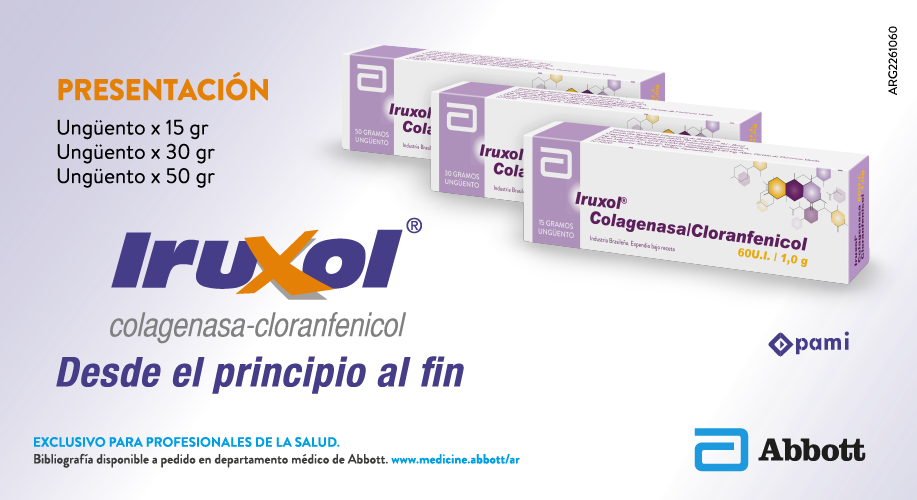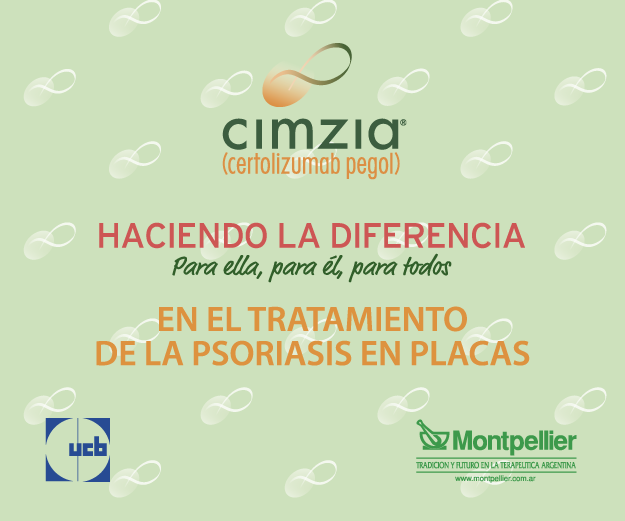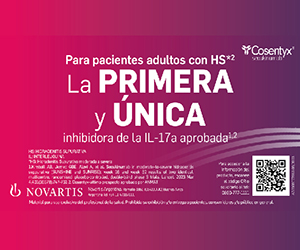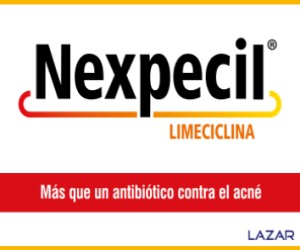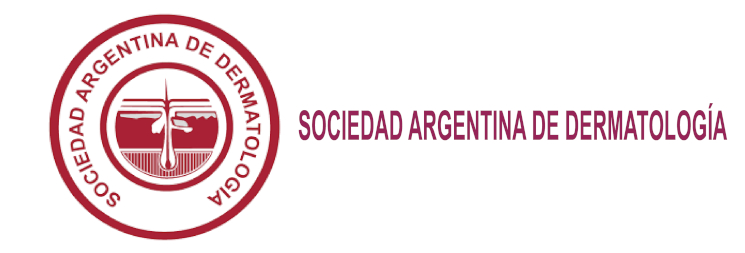Community-acquired methicillin-resistant Staphylococcus aureus (MRSA)
Resumen
Abstract
Introduction. The emergence, since 1980, of new community-associated MRSA strains genetically unrelated to earlier nosocomial-associated MRSA since the 1960`s conditioned the reassessment of the treatment of choice for these infections.
These new community-associated MRSA strains are highly virulent, and cause skin and soft tissue infections and necrotizing pneumonia in otherwise healthy adults and children.
Clinical cases. We report 3 cases of community-acquired Staphylococcus aureus. The first one was described in November 2005.
Results: All our patients improved.
Discussion: The staphylococcal infection treatment triangle is not equilateral, but leans in favor of surgical drainage as treatment of choice.
As antibiotic resistance increases, the trend towards treating infections with first-generation cephalosporins, penicillins, and macrolides decreases.
Knowledge of the local resistance trends is important in order to make decisions on empiric therapy. The antibiotic resistance pattern should be assessed whenever possible, thus allowing the practitioner to promptly assess the risks and benefits of alternative antibiotics, which may be required for definite therapy.
MRSA community-acquired strains are often susceptible to trimethoprim-sulfamethoxazole, minocycline, or doxycycline, with 10 to 21 days treatment in uncomplicated cases. Although quinolones are often reported to be active in vitro against community-acquired S. aureus, resistance to said antibiotic
is common. Mupirocin is frequently used topically, but should be limited to short courses in confi rmed cases of S. aureus infections, because chronic use of this antibiotic is associated with a signifi cant increase in resistance
(Dermatol Argent 2008;14(5):367-371).
Key words: methicillin-resistant Staphylococcus aureus, trimethoprim-sulfamethoxazole.
Descargas
Publicado
Número
Sección
Licencia
El/los autor/es tranfieren todos los derechos de autor del manuscrito arriba mencionado a Dermatología Argentina en el caso de que el trabajo sea publicado. El/los autor/es declaran que el artículo es original, que no infringe ningún derecho de propiedad intelectual u otros derechos de terceros, que no se encuentra bajo consideración de otra revista y que no ha sido previamente publicado.
Le solicitamos haga click aquí para imprimir, firmar y enviar por correo postal la transferencia de los derechos de autor


